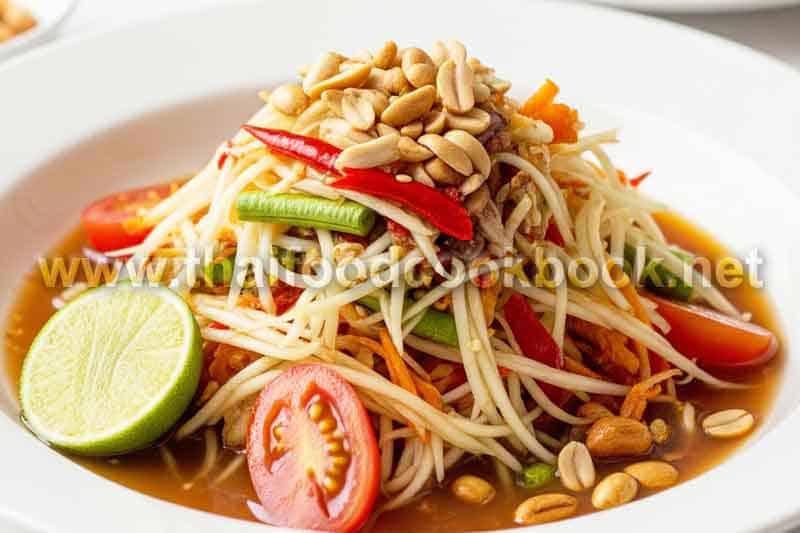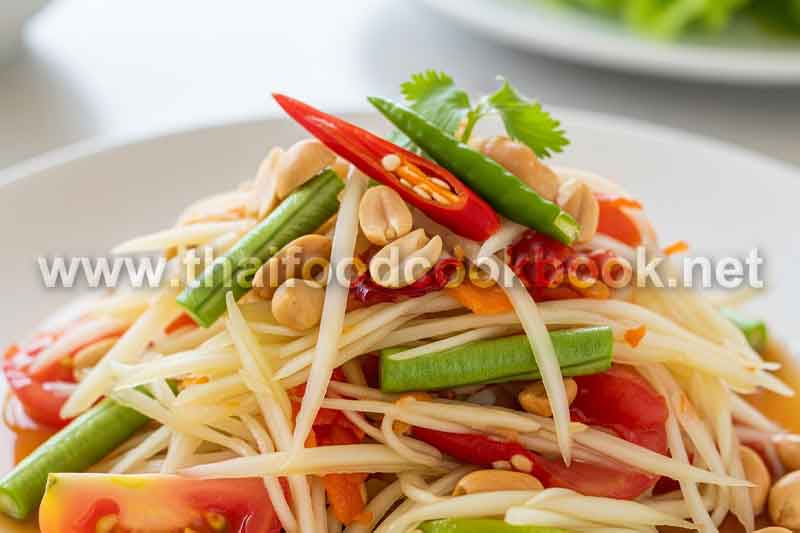Must-Try Thai Street Food Desserts for Sweet Lovers
Many travelers come to Thailand expecting bold savory street food, but they soon realize another hidden world — the dessert stalls that appear at every corner, packed with flavor, texture, and aroma. For tourists and locals alike, the challenge is not about finding Thai street food desserts — it’s choosing which irresistible treat to start with and knowing which ones are truly worth your taste buds. Some visitors feel overwhelmed by the variety and end up missing the authentic classics simply because they don’t know the names, ingredients, or how to distinguish original versions from low-quality tourist adaptations. To make it easier, this guide curates the most legendary desserts you should not miss, explains what makes them special, and shows how to re-create a few of them at home with easy step-by-step methods.
Top Classic Thai Street Desserts Loved by Tourists and Locals
Thai sweets are deeply connected with festivals, culture, and local traditions. Although they are sold casually by street vendors, many recipes trace back to royal kitchens and ancient craftsmanship. Here are 10 beloved choices often considered “must-try Thai street desserts” for new visitors and sweet lovers around the world:
- Mango Sticky Rice (Khao Niew Mamuang)
- Thai Coconut Ice Cream in a Coconut Shell
- Khanom Buang (Thai Crispy Pancake)
- Khanom Krok (Coconut Custard Mini Pancakes)
- Luk Chup (Mung Bean Fruit Sweets)
- Bua Loy (Sticky Rice Balls in Coconut Milk)
- Khao Lam (Sticky Rice Roasted in Bamboo)
- Roti Sai Mai (Silky Candy-Floss with Crepe)
- Tub Tim Grob (Red Ruby Water Chestnut Dessert)
- Thai Banana Roti
This list reflects the desserts most likely to be found in night markets, floating markets, temple fairs, and roadside carts throughout Thailand. Each one offers a unique combination of creamy coconut, soft sticky rice, tropical fruit freshness, and traditional craftsmanship — signatures of Thai-style sweetness.
Authentic Thai Dessert Recipes You Can Make at Home (5 Fully Detailed Menus)
While the full list is a perfect tasting guide for dessert lovers, many people want to bring the flavor home and recreate these sweets in their own kitchen. Below are five authentic Thai recipes with ingredients and step-by-step cooking instructions.
1. Mango Sticky Rice (Khao Niew Mamuang)
Ingredients (serves 2):
- Sticky rice – 1 cup (soaked 3–4 hours)
- Coconut milk – 1 cup
- Palm sugar – 2 tbsp
- Salt – 1/4 tsp
- Fresh ripe mango – 1 large
- Toasted mung beans – optional, for garnish
How to Make:
- Steam the soaked sticky rice for 20–25 minutes until soft.
- Heat coconut milk, sugar, and salt in a pot (do not boil) until dissolved.
- Pour half of the coconut mixture over the cooked sticky rice and fold gently.
- Let it rest 10 minutes so the rice absorbs the creaminess.
- Serve with sliced fresh mango and drizzle remaining coconut cream on top.
2. Thai Coconut Ice Cream in a Coconut Shell
Ingredients (serves 2–3):
- Coconut milk – 2 cups
- Heavy cream – 1/2 cup
- Sugar – 1/4 cup
- Salt – 1/8 tsp
- Young coconut flesh – 1/2 cup
- Toasted peanuts – for topping
How to Make:
- Mix coconut milk, cream, sugar, and salt in a bowl until well-blended.
- Freeze for 1 hour, stir, and repeat 2–3 times for smooth texture.
- Add coconut meat pieces during the last stir.
- Scoop into a coconut shell and top with peanuts before serving.
3. Khanom Krok (Coconut Custard Mini Pancakes)
Ingredients (serves 3):
- Rice flour – 1/2 cup
- Coconut milk – 1 cup
- Palm sugar – 2 tbsp
- Salt – 1/4 tsp
- Spring onion or sweet corn – 2 tbsp
How to Make:
- Mix rice flour and coconut milk together until smooth.
- Add sugar and salt, stir until dissolved.
- Heat a khanom krok pan (or takoyaki pan) and grease lightly.
- Pour batter halfway, sprinkle onion or corn, and cook until custard sets.
- Remove and serve hot for the best aroma.
4. Bua Loy (Sticky Rice Balls in Coconut Milk)
Ingredients (serves 2–3):
- Glutinous rice flour – 1 cup
- Pand
an or taro puree – 2 tbsp (optional, for color)
- Coconut milk – 1 cup
- Sugar – 2 tbsp
- Salt – 1/4 tsp
How to Make:
- Mix glutinous rice flour with a bit of water or puree to form dough.
- Roll into small marble-sized balls.
- Boil in water until the balls float (fully cooked).
- Warm coconut milk, sugar, and salt gently.
- Combine balls and coconut cream mixture and serve warm.
5. Tub Tim Grob (Red Ruby Dessert)
Ingredients (serves 2):
- Water chestnuts – 1/2 cup (diced)
- Red food coloring or beet juice – a few drops
- Tapioca flour – 1/3 cup
- Coconut milk – 1 cup
- Sugar – 2 tbsp
- Crushed ice – as needed
How to Make:
- Soak diced water chestnuts in red coloring for 5 minutes.
- Toss evenly with tapioca flour for coating.
- Boil until ruby pieces float and turn translucent.
- Mix coconut milk with sugar separately.
- Serve chilled with ice for a refreshing finish.
Why These Thai Desserts Are So Popular Among Sweet Lovers
These treats continue to earn global attention because they’re made from simple local ingredients like coconut, sticky rice, palm sugar, and tropical fruit — yet deliver rich layers of flavor. The variety caters to every palate: soft, creamy, fruity, crispy, icy, warm, or chewy. Most importantly, the culture of street selling keeps them interactive, handcrafted, and visually beautiful. The authenticity is what makes these desserts legendary, giving travelers emotional as well as culinary memories.
Final Summary
Exploring these must-try Thai street food desserts is more than just eating sweets — it’s discovering a culinary heritage built on coconut, sticky rice, and artisanal preparation. Whether you sample from a market stall or learn to cook them at home, you experience a delicious snapshot of Thai culture. For anyone wanting to study more about traditional Thai desserts, these dishes offer the perfect starting point to appreciate both flavor and history.

